A hot school, busy hallways and extremely crowded classrooms have marked the start to Cleveland’s 2025-2026 school year. So far, many students have noticed that their classes feel unusually large, which can pose issues for both teachers and students.
In the past five years, class sizes have grown so drastically that students are searching for a chair every other class, and it’s been difficult to create and nurture a quality learning environment when this is such an issue. This has impacted many students and even teachers, and has resulted in conflict, safety issues, and less productive classrooms.
Sean Murray, one of Cleveland’s two vice principals, voiced his concern about class sizes, especially the state they were in at the beginning of the year, but shared that he feels as though they’re more manageable now.
“In comparison to other schools, our classes are larger,” Murray said. Certain classes have a lower class size average, especially many freshman classes, as these are important building blocks for the rest of students’ high school experience. However, this means that many upper level classes are larger, such as higher level math and science classes.
“Since this is my first year navigating the comprehensive schedule, it is all new for me. I think a lesson that always exists is that it is incredibly difficult to create a perfect schedule. One decision creates 2-3 more questions or conflicts, and it is challenging to predict all of the problems that may arise. We hope to continue to be collaborative with our staff in making the best possible schedule for our students and our community,” said Murray.
Currently, Paige Hazard is teaching multiple Anthropology classes, and her fourth period is extremely large.
“Sometimes the large number of kids slows down the speed of my teaching and the flow of my class,” Hazard said.
Because Anthropology is an elective, the students taking it chose to be in the class, which has worked to her advantage. While uninterested students haven’t been an issue for Hazard, she addressed how other teachers have had to deal with this, saying, “It’s harder for teachers who have such large classes full of students who couldn’t care less about the class they’re in.” Since the kids in her class choose to be there, she knows they care about what they’re learning, which helps keep larger classes interested in her teaching.
Additionally, she pointed to the issue of her ability to address a student’s specific needs. “I wish I could spend more time with students,” she said.
She touched on the difficulty of not being able to talk with each individual student and give them all the time they deserve with one on one conversations.
Not only are large numbers of students affecting learning, but safety as well. With fire hazards and chair shortages as issues in traditional classrooms that contain an overflowing amount of students, the classes with the biggest safety concerns are Physical Education. When a class’s purpose is physical movement, the amount of people in the room is crucial when taking necessary precautions to keep students out of harm’s way.
“When there’s people crowded around there’s nowhere to go, and students are much more likely to get injured,” said Bradley Blocker, a PE teacher at Cleveland.
He commented on the struggle of teaching with too many students in one class, especially when instructing them on how to weightlift. Blocker’s largest class this year is 34, and while the weightlifting room has enough space to hold 35 students, a class such as his with many potential safety hazards should be carefully curated and ensured safety.
Unlike the weightlifting room, the gymnasium can hold larger numbers at a time due to its use for big events like school assemblies and other PE classes. Though this is true, it is quite difficult when there is a full class of 42 students trying to learn and play a sport together with only one teacher.
Trevor Smith, the sports and games PE teacher, has dealt with large numbers in his class, saying, “When the classes get too big, there’s just not enough space.”
Playing a sport with over 40 kids is unsuitable for one teacher, especially when the students don’t know how to play, causing confusion and ultimately less learning. A class of 42 might not be as bad as having not enough people to play a game.
“The flipside is, I’ve had a sports and games class of 12, which just isn’t very fun,” Smith said.
Such unequal class sizes can greatly affect the energy and excitement in the gym while trying to have fun playing a game. When there are not enough people to have two games of Mush Ball, the energy around the game is less fun, but when there are too many people the same outcome can occur because of the unequal class sizes and lack of teachers and space.
On another note, Cleveland’s administrators have also been affected by the larger classes this year, and have had to juggle many aspects of changing schedules and financial aspects of this dilemma.
When asked about his experiences with growing class sizes, Nick Yoder, one of Cleveland’s counselors, said, “This has been a trend over the past four or five years.”
Every year, the district estimates the number of students they believe will be attending each school, and this year Cleveland’s estimated amount was under by almost 150 students. When curating schedules and struggling to compensate for the large number of students that our teachers and admin weren’t staffed for, counselors have been overwhelmed by the large class sizes.
While this has been a recurring issue, this year’s estimation for Cleveland’s population was especially low in comparison to the number of students attending. Students have already had their classes switched around many times, which has completely alerted many people’s entire schedules.
Murray sent an email out near the beginning of the year, warning students of the possible changes that might be made to their schedules. He said, “Please also know that we are still hiring new staff and adjusting class size in many courses. Your schedule may change before the beginning of the school year due to these adjustments.”
Cleveland did receive funding to help make up for large classes, and with that money they’ve added a part time English Teacher, Maggie Appel, who had previously taught at Cleveland. They also made room for a part-time Spanish teacher, who is yet to be hired. There is currently a sub filling for this position. It is hoped this will help with some of the extremely overcrowded classes.
Along with this, there’s a contract between the district and teachers that outlines an agreement regarding extra students, which says that for every five students over the maximum amount, teachers should make extra money. There are a variety of teachers who are over their estimated amount, which is 160 students per teacher, but can vary depending on classes, subject area and time spent teaching.
Along with the difficulties teachers, administrators and counselors have faced, large classes have also affected students’ personally. The countless schedule changes have proved frustrating for students, especially at the beginning of the year when getting used to school is already a struggle in itself.
“My math class feels so stuffy, it’s big and loud,” Mo Reschke said.
This has been a common theme in students’ feedback, as well as the notion that larger classes have even been affecting students’ ability to effectively learn. There haven’t been enough chairs for students to sit in, and often not enough materials to go around.
While in one of Blocker’s larger classes, Alex Gonzalez-Maltos was asked about his opinion on the issue of large classes this year and said, “It just breaks my heart.”
As students, teachers and admin have all said – the abnormally large classes and extra students have had an obvious impact on all aspects of Cleveland. As the year progresses, the long term impacts of large classes on student’s learning as well as teacher’s ability to successfully carry out lessons remains to be seen, and will continue to be an ever-present issue in our school.



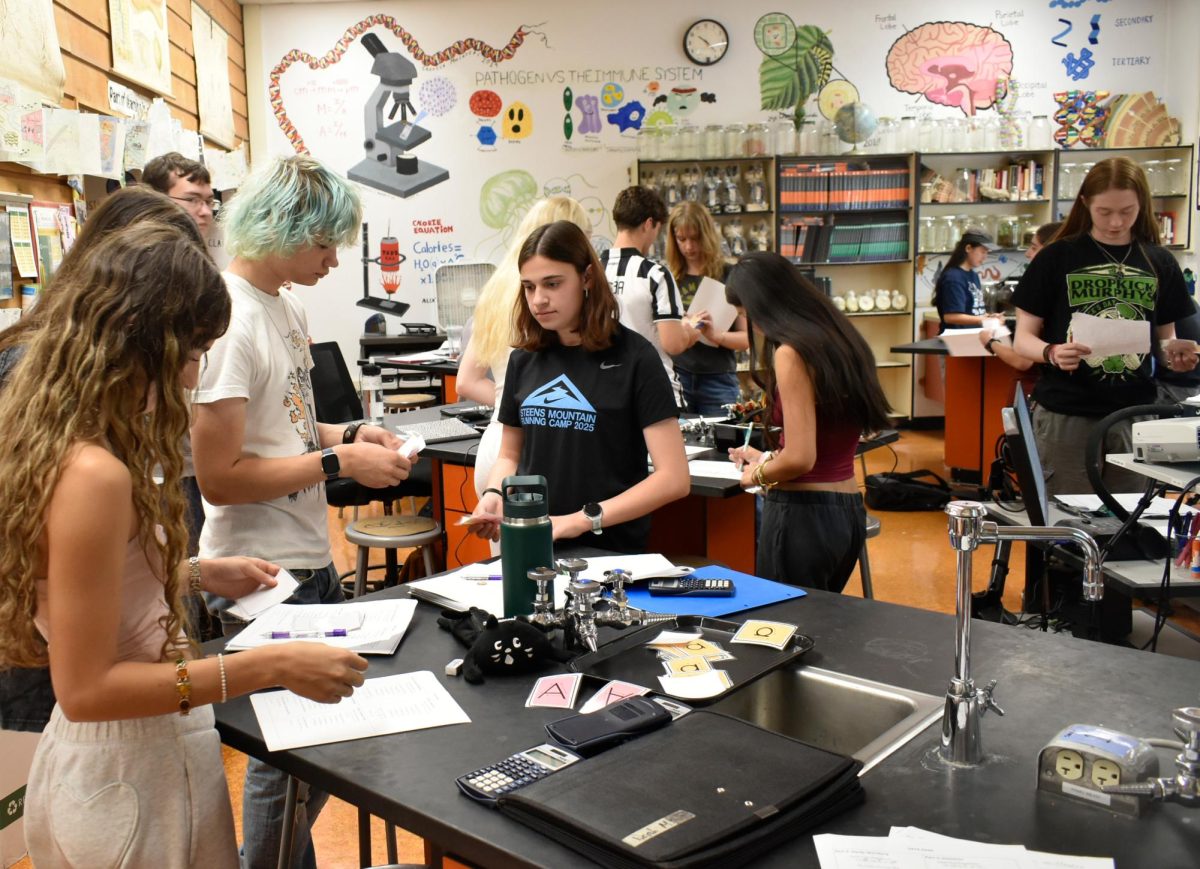
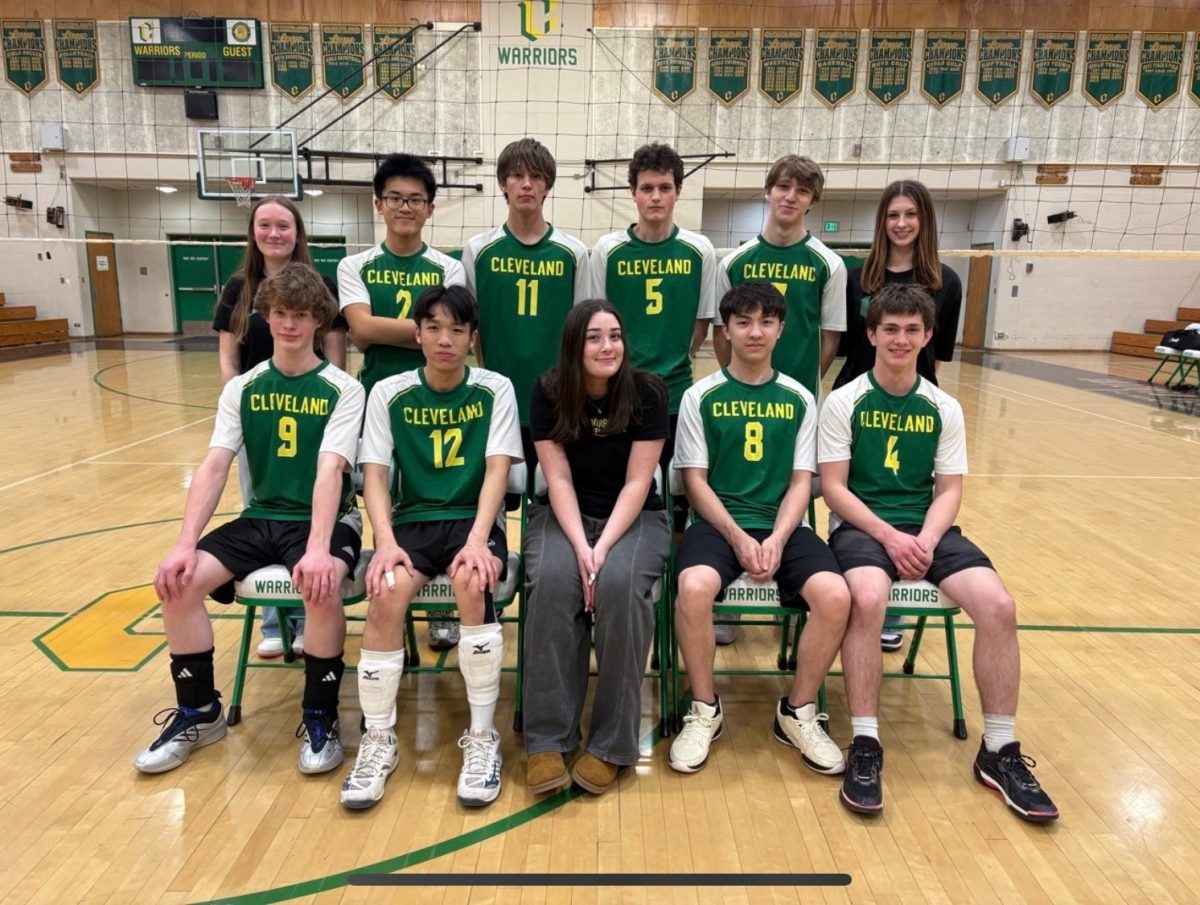
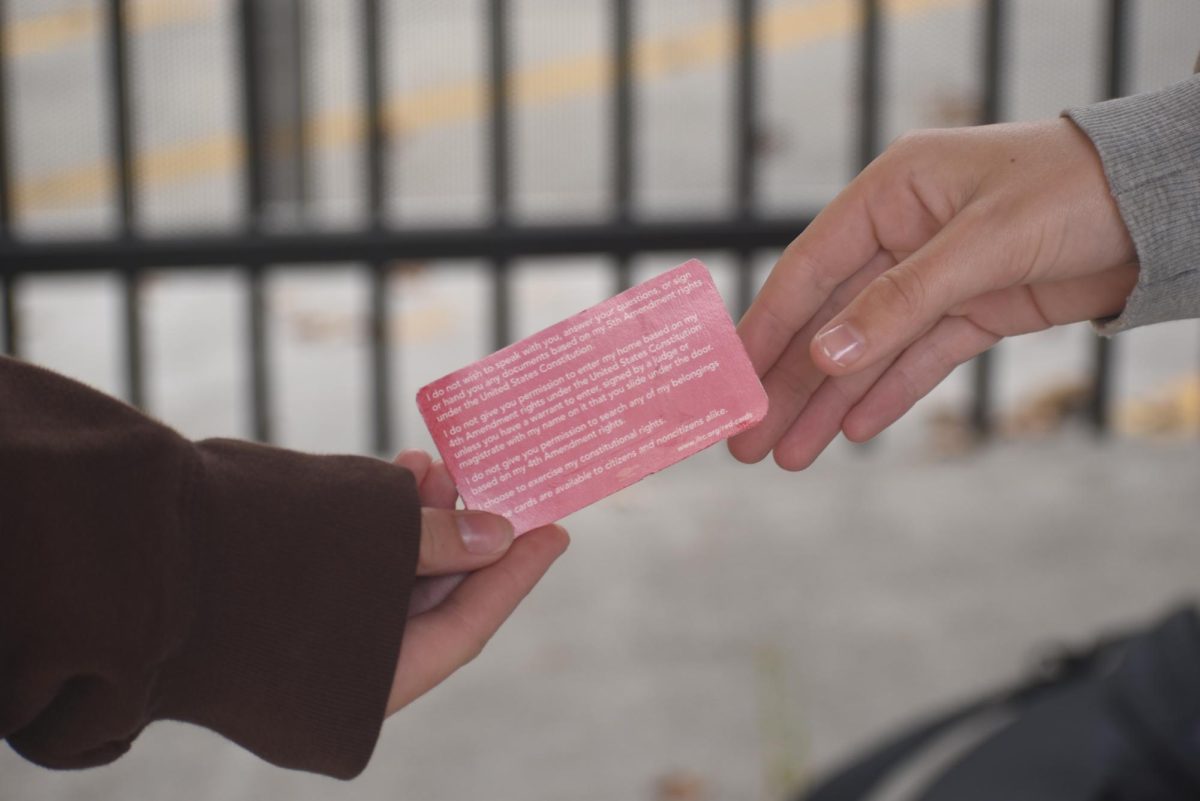
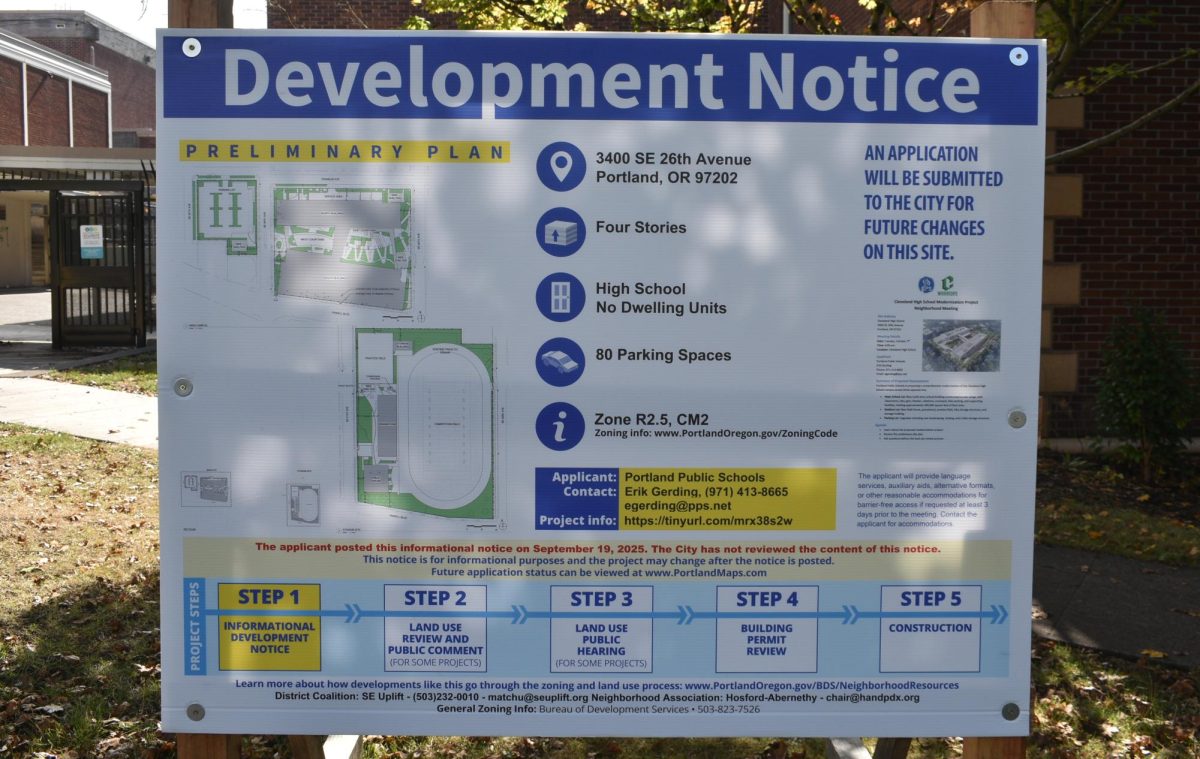
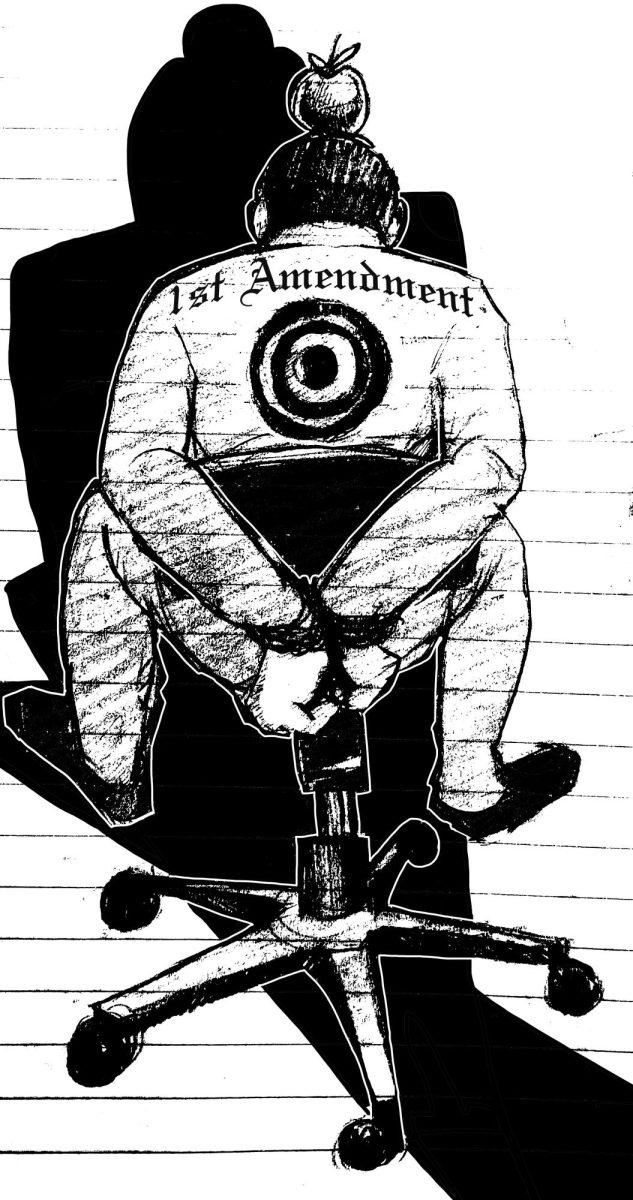
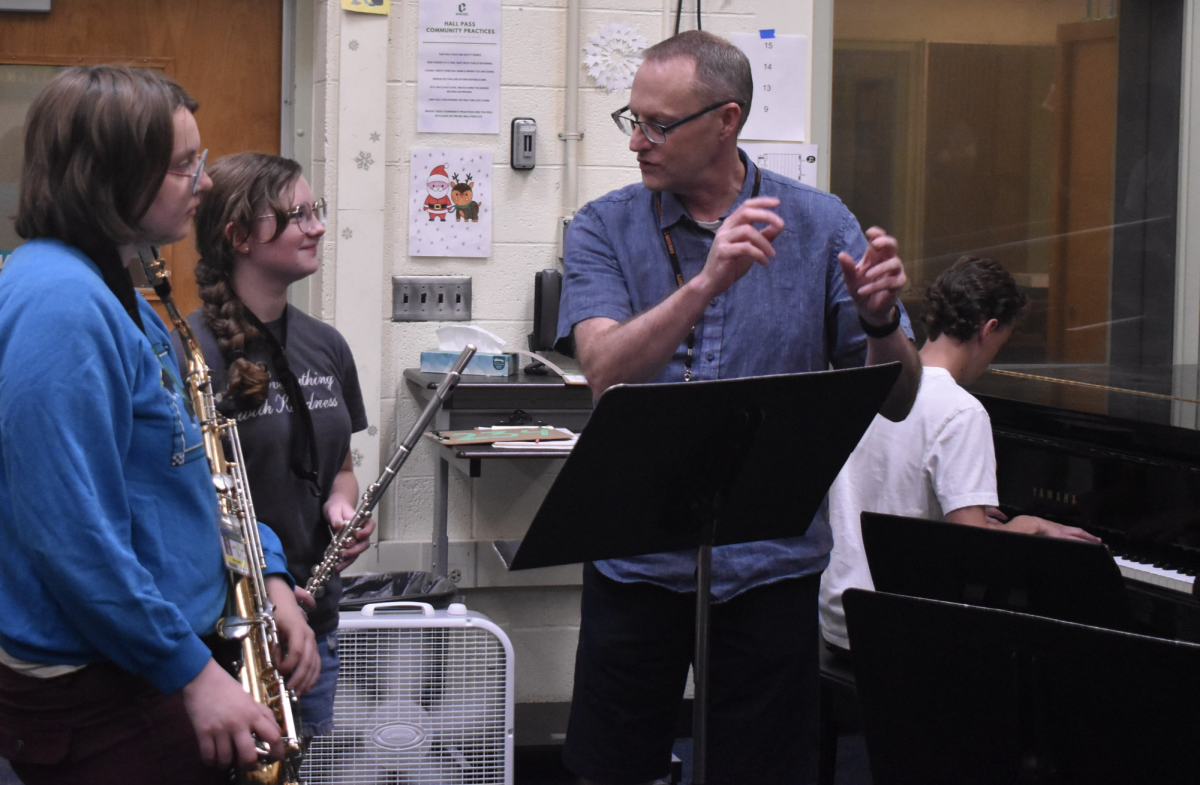
Bill • Oct 2, 2025 at 10:40 AM
This is an excellent article on the overcrowded classes. It is well written and well documented, and presents several issues that should cause concern and corrective actions.